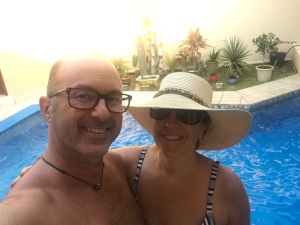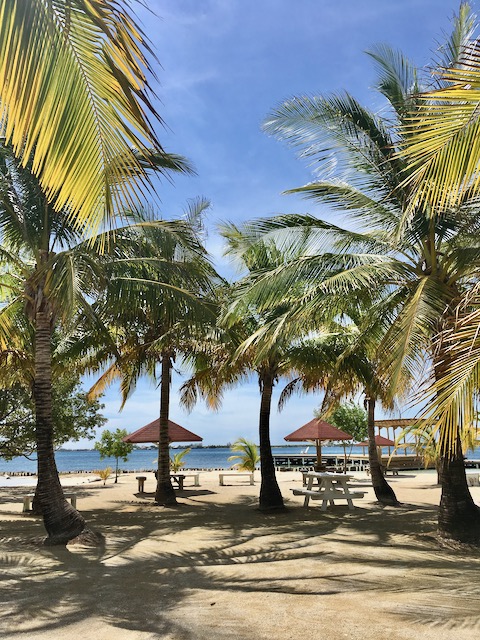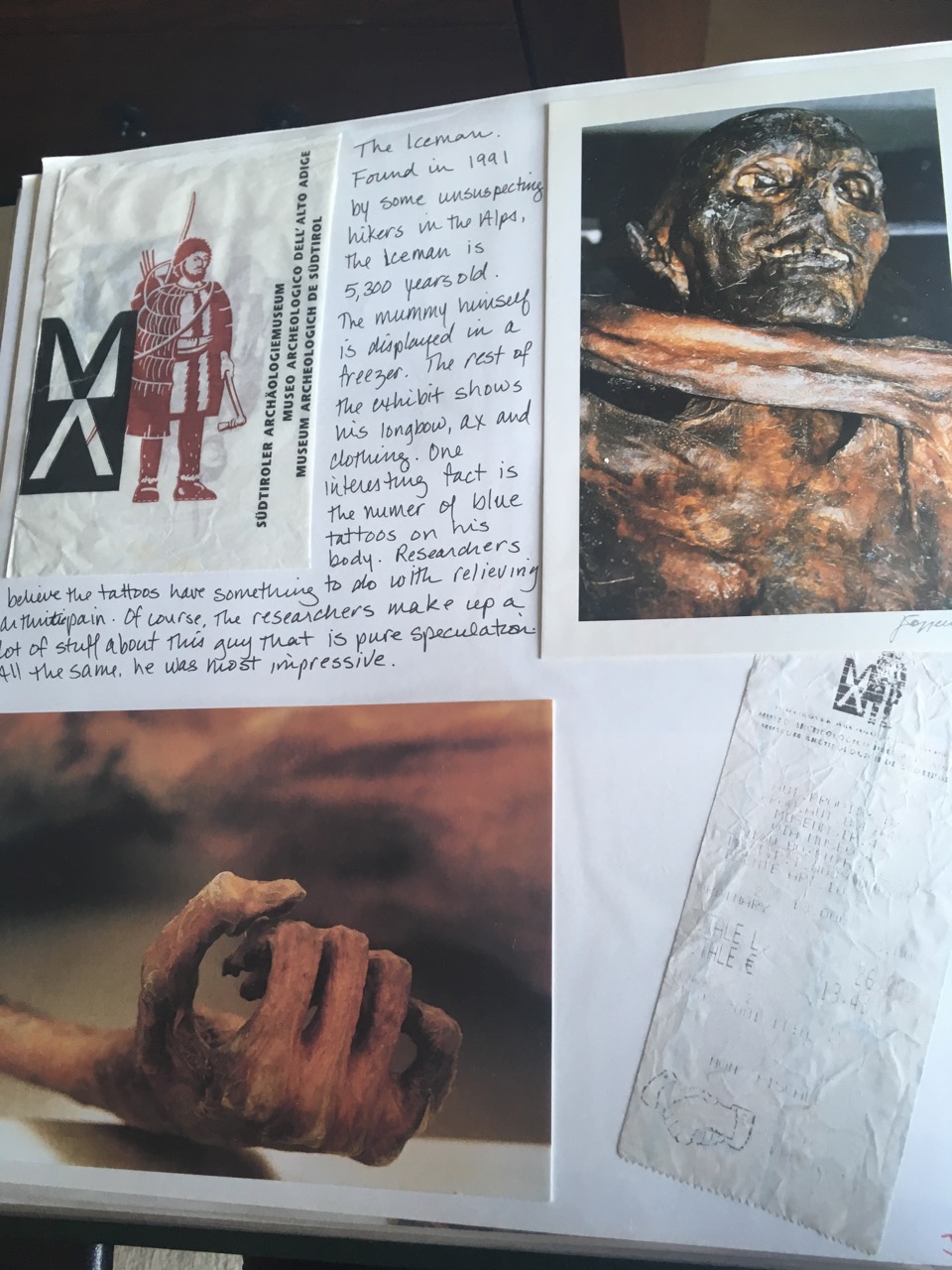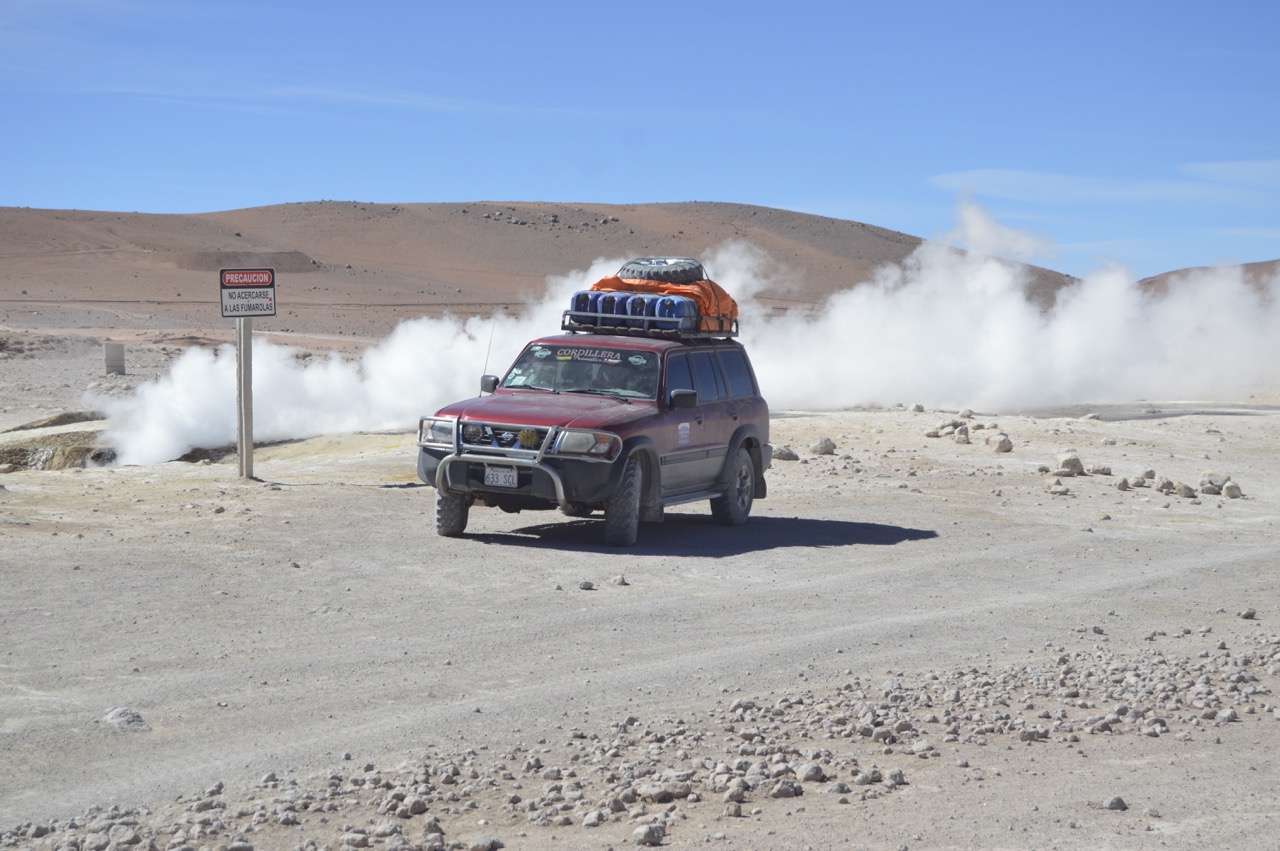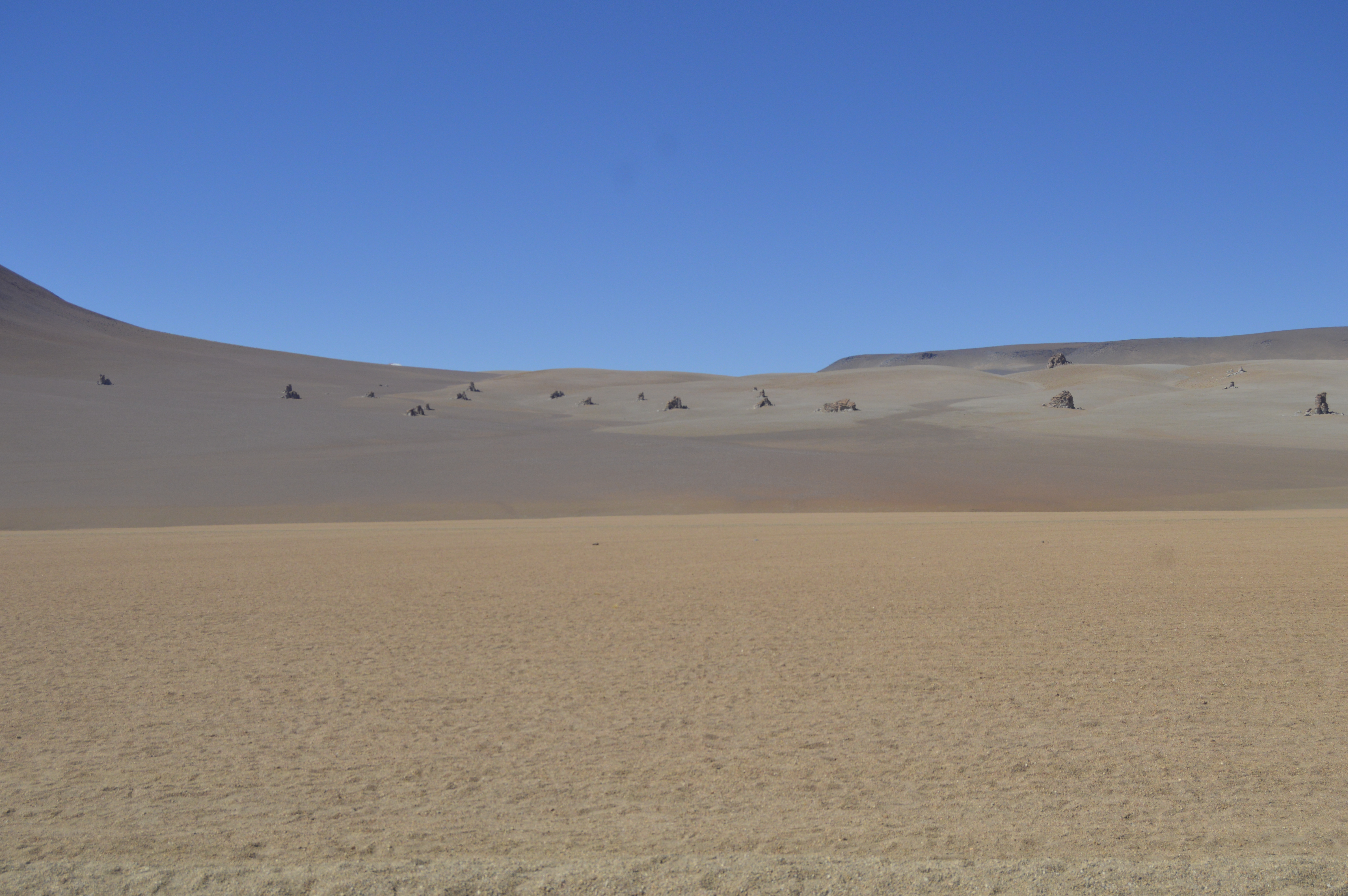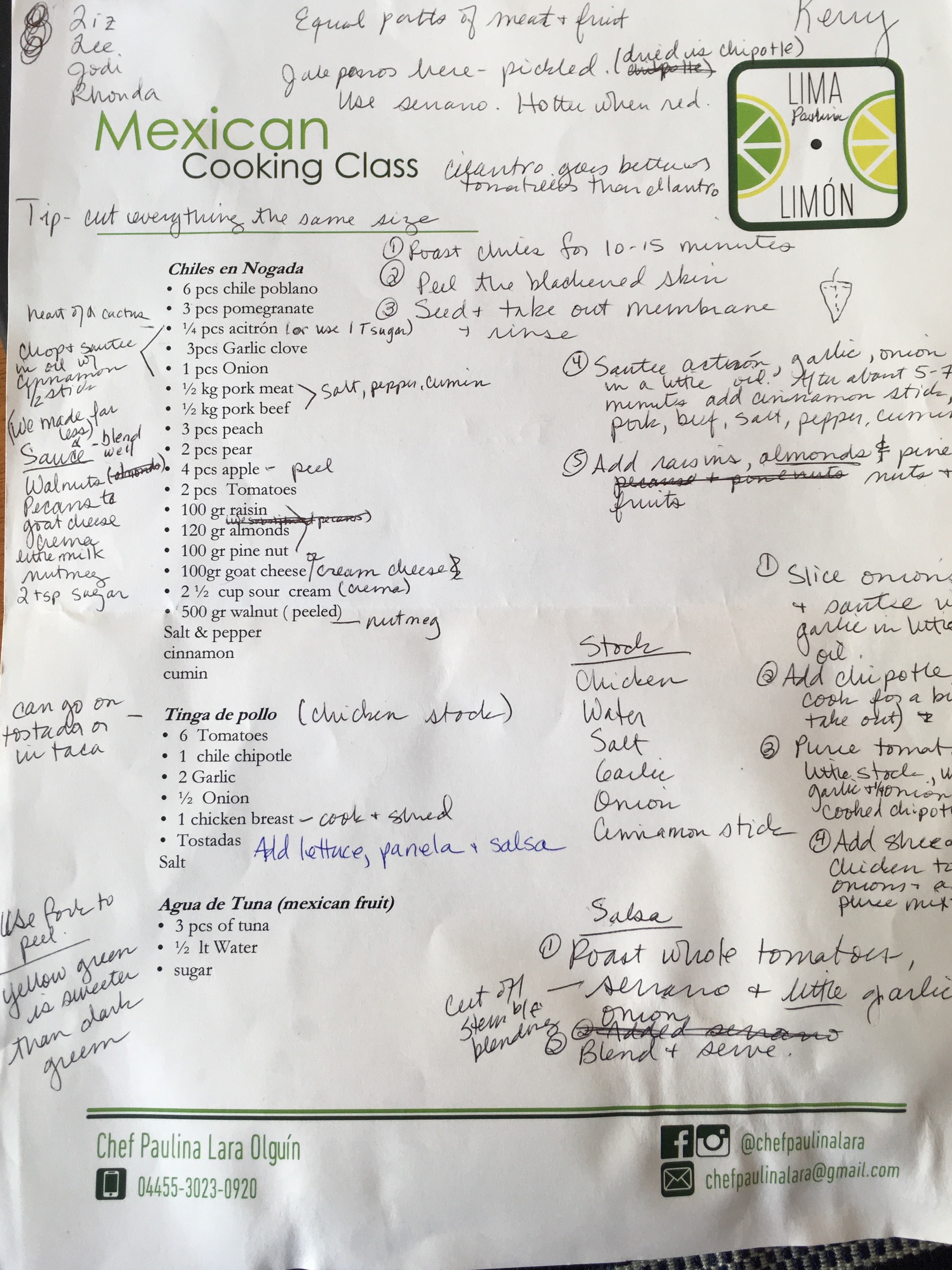Matt and I are in Week 4 of the Covid-19 quarantine restrictions and in the middle of our Spring Break Staycation. I’m sure we feel the same as most of our friends and family around the world – unsettled, but currently safe and sound. We were comforted with the initial swift reaction of the Honduran government. Before there were any cases in the country, the government had already put a plan in place and dedicated funds to COVID-19. As early as mid-February, efforts were being taken to increase hand washing, check for symptoms and disseminate information about virus.
The first two cases in the country were confirmed on March 11 and the response was swift. Obviously, Honduras is a poor country with substandard medical care. So it is important that efforts are taken to “flatten the curve” because as much as U.S. hospitals can’t handle this crisis, Honduras hospitals REALLY can’t handle this crisis. On the positive side, knowledge that this is the case has led people to appear to follow the restrictions much better than what I am hearing and seeing from my U.S. friends and family. This is today’s snapshot:

Honduras has about 9 million people and to date has 343 reported cases, with 23 deaths and 6 recoveries. Its government COVID-19 website is a model of transparency: information is graphed out by regions, sex and age and there is a running tally of confirmed cases, deaths and recoveries.
Wisconsin has about 6 million people with 2,885 reported cases and 111 deaths according to the State’s website. This information is not easy to find – you have to click on a few pages to get all the data you want – and I am not impressed with Wisconsin’s lack of transparency.

While we cannot really know the number of cases without widespread testing, our current home is doing a much better job “flattening the curve.” Wisconsin’s number of infections is 8.4 times that of Honduras and Wisconsin has 3 million fewer people. But to get there, we are living under strong limitations. It’s a funny thing, the terms that are used. According to the Honduran government, we live under an “absolute curfew,” but according the U.S. news sources, I am living under “martial law.” My personal liberty to move freely outside my home is restricted, so perhaps that is true. But when I compare Honduras’s infection rate to Wisconsin’s rate, I am comfortable with the limitations placed on me.
That isn’t to say that the limitations are easy. The hardest part is that they change rapidly and without notice. Some examples:
- March 12 – the schools were closed effective the next day, a Friday. This means that we began remote teaching immediately. Like parents and students, teachers have done a heck of a lot of adjusting and learning to make this happen! Why did I start teaching this year?
- March 15 – with a few hours notice, the borders were closed to travelers (except Hondurans returning home) and most businesses were shut down. Public gatherings, including church services, were prohibited. The main exceptions were banks, gas stations, pharmacies, grocery stores and mini-markets, which remained open. As a foreigner, suddenly to be told that you CAN’T leave, even when you have no plans to leave, is disconcerting. I had already been stocking the pantry over the prior few days in light of the school notice (no TP hoarding, either), but we went out to fill the gas tank that night. The next day we went to the bank and to the pharmacy. Social distancing was observed and the bank squirted us with hand sanitizer and had a shoe sanitizer pad at the entrance. The pharmacy felt crowded, even though it really wasn’t, and it made us nervous.
- March 17 – due to a confirmed case in our city, we went into absolute curfew with 4-1/2 hours notice (other parts of the country have lesser restrictions). Banks, gas stations, grocery stores and pharmacies were all closed and we were ordered to stay at home. Again, while we had plenty of provisions, it was worrisome to know that we could not go out to buy more. We have a wall around our house and a pool, so it isn’t the worst place to be quarantined. We paid our cleaning help for the month and told them to stay home. We will continue to do so as long as we are in quarantine. One of the big perks of living in Latin America is the help. We probably have it easier than locals who have never cleaned their own house or done their laundry. We might not like it, but we know how to do it! Matt has started cleaning the pool although our pool guy doesn’t really trust us and breaks curfew to show up on occasion. Renato has kept the pin to the attachment for the vacuum, so this isn’t how he normally cleans the pool, but Matt makes do.
- March 21 – Grocery stores reopened for delivery only. Getting a delivery takes several days and what you order is not necessarily what arrives. Pharmacies also opened for delivery or window pick up. Gated communities began organizing delivery trucks to set up inside our gates. I stood in line for over an hour to get my veggies. Again, it made me nervous to be around people.
- March 25 – banks were open 9-4 and ATMs were refilled. I used this opportunity to jail break from our small, gated community and drove up to school to pick up hand gel and clorox wipes from Matt’s office and get some cash from the ATM. The provisions were issued to us a few days before school closed. As we are working from home, the superintendent confirmed that taking them for home use was permitted (and likely thought I was insane to ask). This was the first time I had left our gated community in 10 days. (I had walked around the block a few times.) That week we placed an order for essential provisions and after 3 days, they arrived. Matt ran outside our home gate for the first time in 12 days – and got much too close – to the booze delivery guy.
- March 29 – Grocery stores were permitted to open on Mondays, Wednesdays and Fridays but access was based on the last digit of your identity card. Grocery stores could no longer deliver, but the produce and chicken trucks still came to our neighborhood. We think there is a loophole and wholesalers are permitted to deliver as the agriculture industry and its transport are still open as essential businesses. We skipped going to the grocery store as the lines were 3 hours long to enter and we were well stocked from the trucks. On Monday, Matt left the subdivision gates for the first time to go pick up a teacher who went shopping, but made him sit in the truck bed for the 2 block trip home. Matt also went to school to pick up two masks for us. We now suit up – mask, glasses, hat – anytime we leave our property to buy from the trucks. We also disinfect everything, change our clothes and usually shower when we return.
- April 5 – It is announced that grocery stores will be allowed to deliver in the coming week. We decided to place an order instead of Matt going to the store on Monday (his day according to his passport’s final digit). A few hours later, the government again closed grocery stores entirely, including delivery. We began to second guess our decision not to go to the stores the prior week. The grocery store with our order contacted us to tell us that it can’t deliver but will hold our order. We then ordered from a wholesaler. Four days later, the wholesaler told us this morning that they would deliver today, but they never arrived. The grocery store told us today that they will deliver tomorrow. We continue to buy at the trucks that arrive – bakery on Monday, produce and chicken yesterday and a dairy truck today – because we aren’t sure when the orders will actually arrive. It is a psychological need more than a physical need as we have plenty of food in the house although we were running out of cheese until Matt went to the dairy truck today!
Throughout all of this, the U.S. Embassy has added to our stress by sending out increasingly alarming notices telling everyone to leave the country.
Borders have been reopened for repatriation flights only. While the embassy notices were initially aimed at travelers and not residents, like us, they have become more urgent over the past 2 weeks. I understand the U.S. government’s desire to not have us be its problem in the event something goes wrong and to cover its ass. Unfortunately, these notices ignore the reality of 1. we have no health insurance in the U.S., 2. we have no home in the U.S., 3. the U.S.’s infection rate isn’t comforting or under control and 4. the LAST thing I want to do right now is travel internationally. While we are staying put, we recognize that this means we have a very good chance of spending our summer vacation here as well and not in the U.S. (and Canada!) as planned.
I didn’t set out to write a heavy post, but our reality is so different than what most people we know are experiencing that I wanted to capture and communicate it. We are fine and enjoying our Spring Break Staycation. We have added virtual game nights, happy hours and book clubs to our social life and are playing games, doing puzzles, reading and, of course, enjoying that pool. I joke that our two years feeling isolated on an island has prepared us well for this situation, but it is actually true.
Stay home and stay safe!
